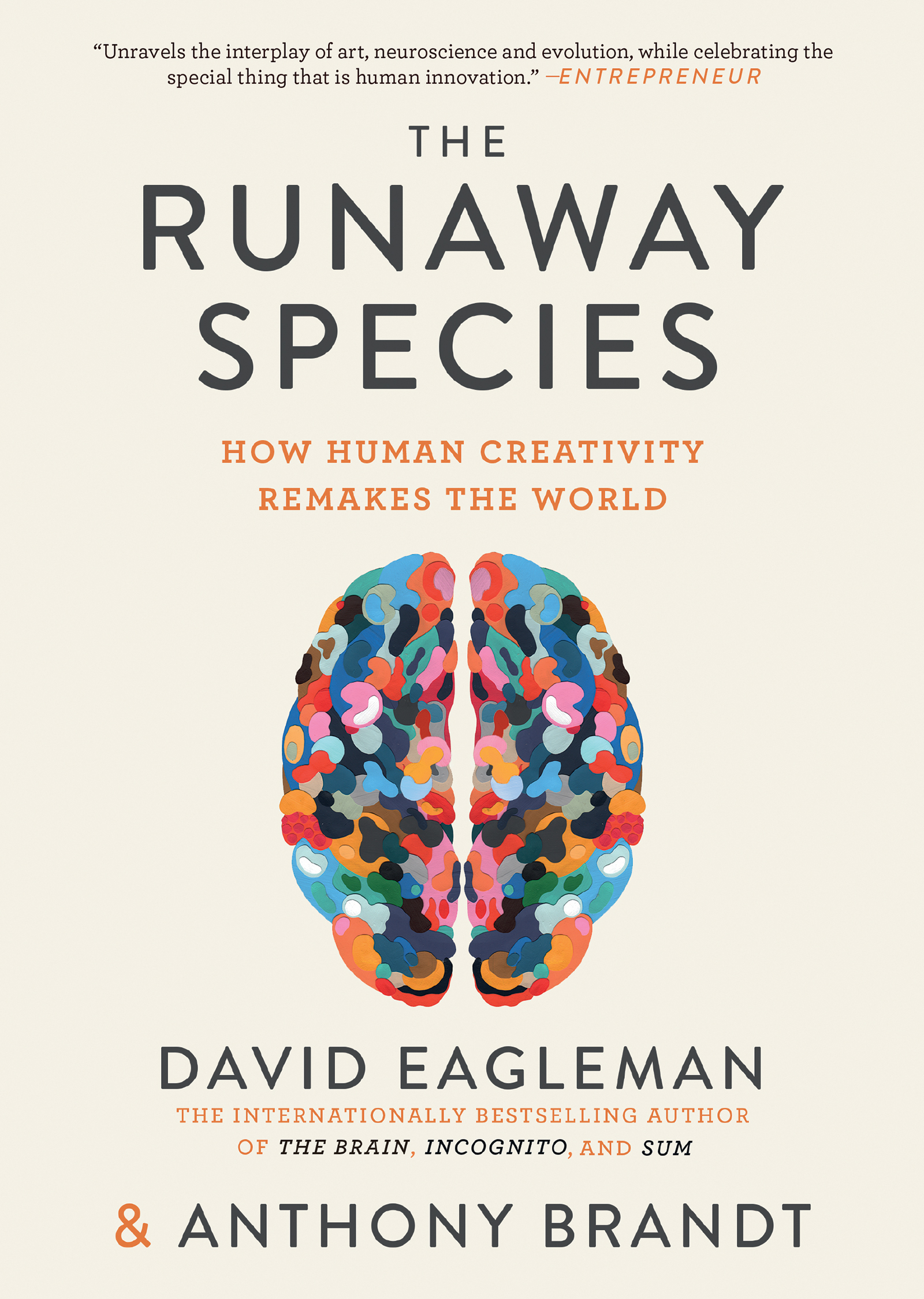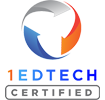
Original artwork from StrongMind’s British Literature course
Yes, absolutely! Not only can creativity be taught, it should be. It’s considered one of the most important soft skills today’s students need to succeed in an increasingly automated economy.
The Road to the Information Age
The United States experienced great economic growth during and after World War II, thanks to technology used to spur mass production. But this reliance on manufacturing as a central force to our economy started to shift in the 1970s as companies began to offshore manufacturing plants, and more of our economy became reliant on the storage, communication and computation of information.
Information technologies began to rapidly evolve and by the start of the 21st century, the United States was no longer an industrial society and was now an information society.
Although our society has shifted greatly, many of our classrooms still appear relatively similar to those of the 20th century. That is why at StrongMind we have worked hard to develop a modern digital classroom that delivers engaging coursework in ever-evolving formats such as video, virtual reality (VR) and interactive lessons that resonate with, and capture the imagination of, today’s digital natives.
With some help from the finest free-range unicorns, students learn about retailing in this engaging video from StrongMind.
Why Creativity Matters
Today, information technologies are becoming more sophisticated. There is much anticipation that the rise of Artificial Intelligence (AI) will make obsolete many of jobs that exist as part of the information economy — jobs that may soon be performed by computers and robots (see Will Robots Take My Job to determine the probability of various career paths becoming automated).
So, what kind of jobs will be safe from the robot revolution? Those that require higher-order thinking; those that require creativity!
As we move from an information society to a creativity society, we need to deliberately teach the students of today creativity skills for the jobs of tomorrow.
Promoting Creativity
At the 2018 International Society for Technology in Education (ISTE) Conference, opening keynote speaker, David Eagleman, neuroscientist and an adjunct professor at Stanford University suggested frameworks of how to teach creativity to students. This includes the concepts of “bending”, “breaking” and “blending,” which Eagleman details in his recent book, The Runaway Species: How Human Creativity Remakes the World.
In addition to promoting creativity using different methods, StrongMind’s in-house team of developers and creatives infuse every course with original elements specifically designed to spark curiosity and creativity in students. Whether it’s a visual adaptation of poem, a virtual reality lesson or an infographic, our award-winning curriculum inspires students –and teachers — to explore the topic at hand in different ways and from multiple angles.
Three Methods of Teaching Creativity
The above video is from a presentation for a Digital Learning Annual Conference by Alicia Fremling.
Bending
The creativity skill of bending is taking an original concept and evolving it in a way that its original form is still recognizable yet somewhat twisted. For instance, the electric car company Tesla created a high capacity lithium battery that was originally intended for its vehicles. Shortly after proving the technology’s viability, Tesla introduced a high capacity lithium battery storage solution intended for home use to store energy obtained from an array of solar panels, so the energy is accessible to power a home when the sun is not shining. A bending exercise for students is to ask them to think of their favorite game and challenge them to play it in an entirely different manner.
Breaking
Breaking is the exercise of taking a whole and breaking it apart, so its fragments can be used in a new and inventive way. Examples of this exist everywhere in the upscaled product market, such as turning retired skateboards into coasters, scrabble pieces into jewelry or empty wine bottles into glassware.
In StrongMind’s photography course, for instance, we provide students with no access to a camera the opportunity to capture their own images by breaking up a high definition 360-degree (HD360) image in order to experiment with and learn about elements such as framing, lighting, exposure and filters.
Blending
Blending is the methodology of taking two or more different concepts and blending them together in an imaginative way. Think of the country music artist who covers the classic rock song in their twangy style or vice versa; that’s blending. What is a student’s two favorite animals? Challenge of them to draw what those animals would look like as one.
These are just three of many frameworks for teaching creativity skills to students. These methods can also be applied to teaching and how a course can be taught for students of different learning styles and levels.
From the Information Age to the Creative Age
It’s impossible to predict how our economy and society will actually evolve in the coming decades. However, if we teach students foundational creativity skills, they will be equipped to invent and ultimately build the future of their most creative imaginations.
By Alicia Fremling
 Alicia is a Sr. Product Manager. She has worked on digital products in television, weather, healthcare, and the waste solutions industries. Alicia started her career as a math teacher and also worked in higher education innovation. For fun, she loves hiking, salsa dancing and playing worldly percussion instruments.
Alicia is a Sr. Product Manager. She has worked on digital products in television, weather, healthcare, and the waste solutions industries. Alicia started her career as a math teacher and also worked in higher education innovation. For fun, she loves hiking, salsa dancing and playing worldly percussion instruments.






